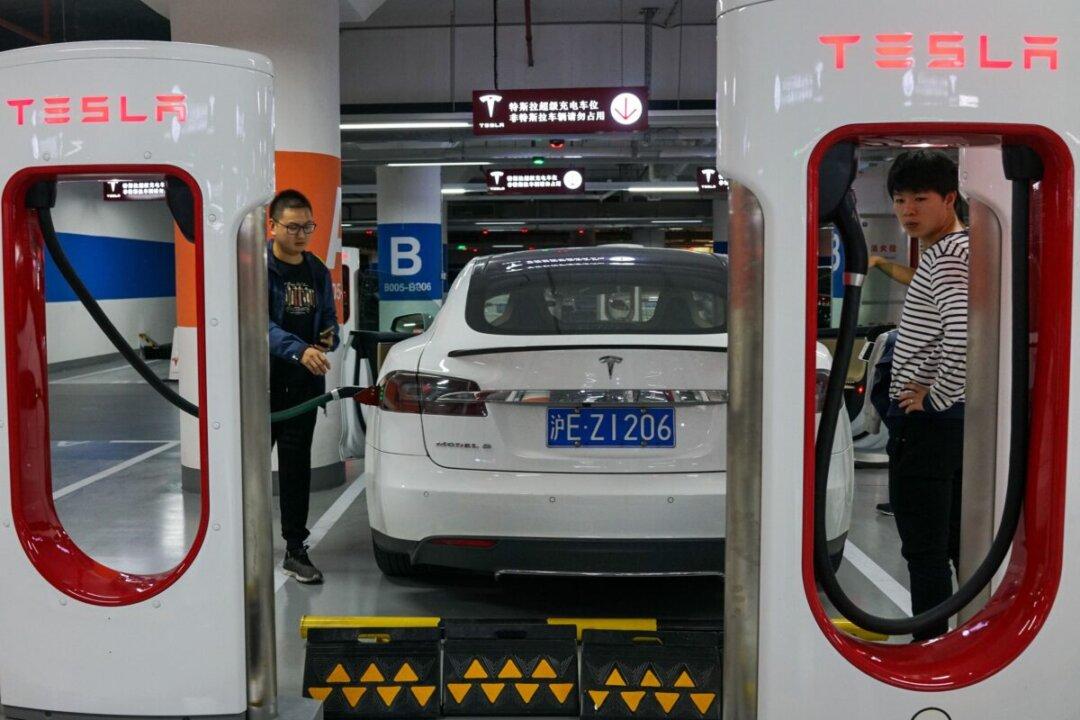Tesla owners saw insurance premiums soar in China after the authorities implemented commercial insurance rules for new energy vehicles at the end of last year.
The exclusive insurance terms took effect on Dec. 27, 2021.

Tesla owners saw insurance premiums soar in China after the authorities implemented commercial insurance rules for new energy vehicles at the end of last year.
The exclusive insurance terms took effect on Dec. 27, 2021.